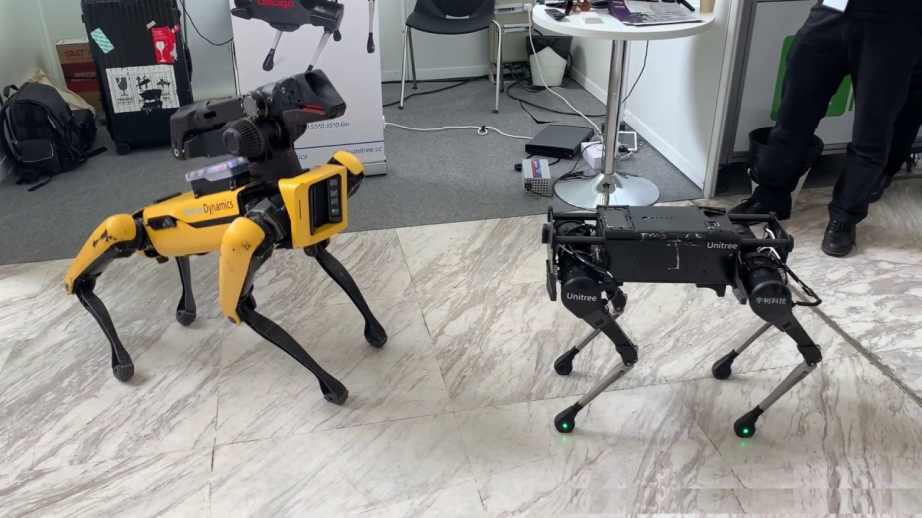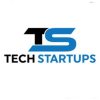I have a little background in robotics, taken quite a few courses in mechatronics and built a few robots at the university but not in the industry.
Boston Dynamics are very good at pushing software 1.0 to the limit for 2 and 4 legged robots, but they use close to zero deep learning, at least they didn’t a few years ago. The rely on Lidar to figure out how the world looks like and then use classical control theory to move it around in the world. Sometimes they use humans to do acrobatics and then tell the computer to calculate the control signals to repeat the same sequence of reference poses. Nothing super hard that Tesla couldn’t do but it sure looks fancy.
The hardware is nothing special either. A few electrical motors that Tesla probably are even better at than BD. A battery that Tesla obv know well. Some sensors where Tesla are expert at cameras while BD uses Lidar. Some compute where Tesla have very optimized propritary hardware already and can probably just slow down to save energy if needed. A skeleton that needs to be propotyped that Tesla can do very well. So I don’t see where Tesla would be lacking.
Tesla have been doing robot prototypes for a long time. The snake robot was 6 years ago:
And they have probably recruited several engineers who have built project such as this 7 years ago:
And after AI day, most of the people in the people in the competition will be having wet dreams about joining Tesla…
So yeah, I think it is likley that Tesla in fact will have a prototype around the end of this year.
Not sure how many workers the robot will be replacing in Tesla’s factory. If a optimus can do a task, then a kuka robot can probably also do it, but much more precise, fast and efficient.





